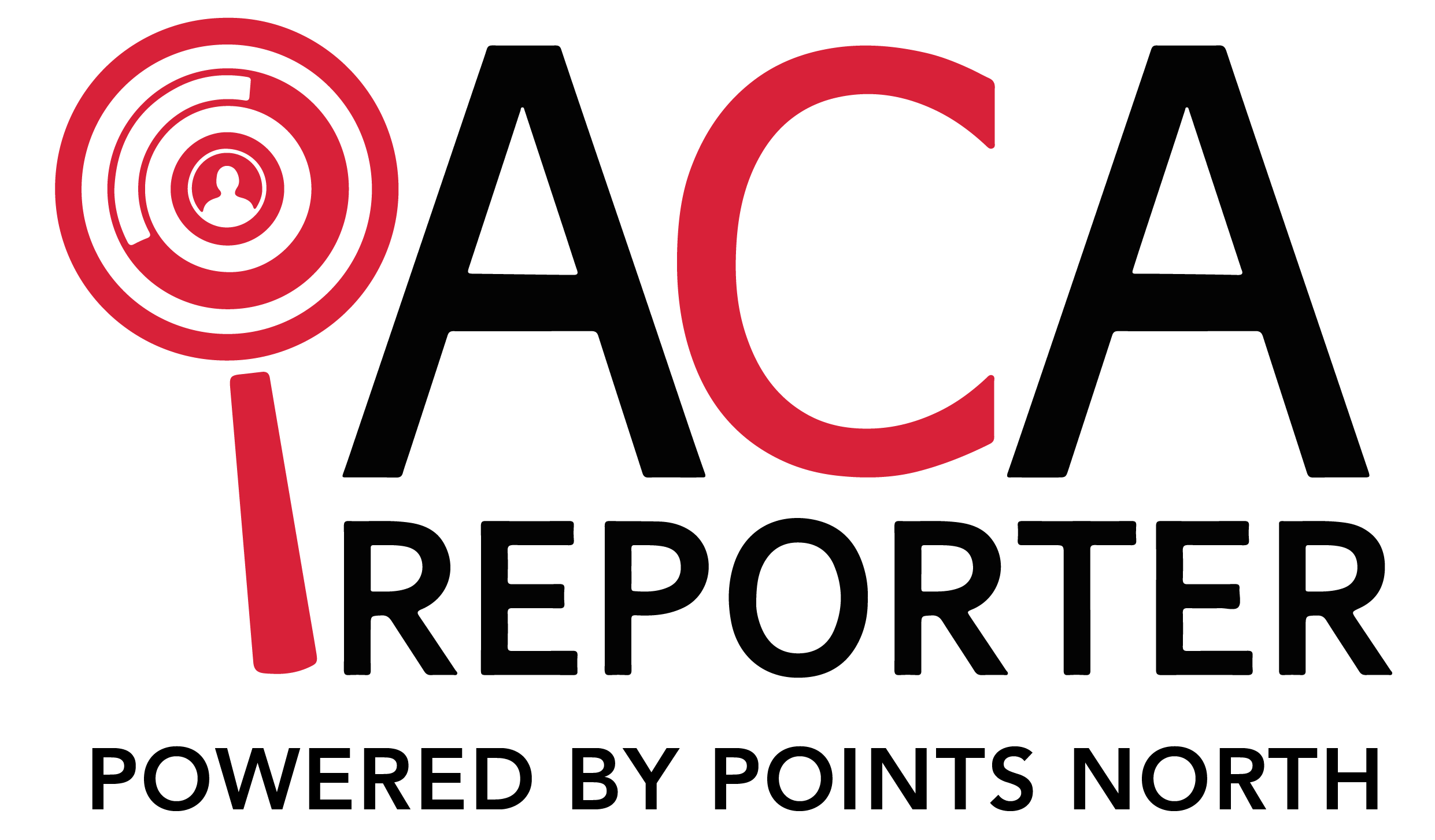Something that comes up often when I am helping companies with ACA Reporter implementations is how seasonal employees are handled under ACA regulations. Navigating these complex ACA compliance topics can be difficult if you are not extremely familiar with them, especially when they include variable hours and seasonality. In this article, I wanted to demystify some common questions I encounter about ACA compliance for seasonal employment, including who is classified as a seasonal employee, when you are required to offer coverage, and the risks of misclassifying seasonal employees. Let's jump in!
What is a Seasonal Employee, and Do They Require Healthcare Coverage Under the ACA?
First, let's clarify what the ACA defines as a seasonal employee. According to ACA guidelines, a seasonal employee is hired into a position for which the employment is six months or less, and the employment period begins each calendar year at approximately the same part of the year. Examples include lifeguards, ski instructors, seasonal agriculture workers, or retail staff brought on board for the holiday season.
Are you obligated to offer coverage to seasonal employees under the ACA? The answer is often no. If the employee truly meets the seasonal employee definition, then no offer of coverage is needed. If a seasonal employee was hired for a six-month period and that period got extended or they were hired on full time, an offer of coverage may need to be made. Extending a seasonal employee’s employment could result in an ACA full-time status at the end of the measurement period. Often, designating an employee as full-time will result in an offer of coverage needing to be made. Consulting with your insurance broker can assist with accurately offering medical coverage to these employees.
It's essential to note that if your company employs 50 or more full-time equivalent employees, you are subject to the ACA's employer-shared responsibility provisions, also known as the employer mandate. Although seasonal employees may not be entitled to coverage, you must still offer it to your full-time employees (those designated at full-time and those calculated as full-time using your measurement method), or you risk penalties.
Misclassifying a nonseasonal employee as a seasonal worker under ACA can have severe consequences. Whether intentional or accidental, misclassification to avoid providing health insurance coverage can result in penalties and legal complications. Ensuring accurate employer compliance for seasonal employees is vital for maintaining ACA compliance.
Measurement Methods For Seasonal Employees
Let's now focus on ACA measurement periods for seasonal employees, particularly in cases where you rehire them. The ACA provides guidelines for determining employee eligibility for coverage based on these periods. Measurement periods allow employers to track employees' hours over a specific timeframe, determining their status as full-time, part-time, or seasonal.
By monitoring an employee's hours over a defined period, employers can accurately assess their average work hours and classify them appropriately under ACA guidelines. For seasonal employees, measurement periods play a crucial role, especially when you rehire them in subsequent seasons.
The ACA recognizes the unique nature of seasonal employment and provides a helpful "break-in-service" rule. If a seasonal employee has a break in service lasting at least 13 weeks (26 weeks if you are an educational organization), you can treat them as a new employee upon rehire. This means you can use a new measurement period to determine their eligibility for health insurance coverage, offering flexibility while maintaining compliance.
Make Tracking Variable Hour and Seasonal Employees Simple
To streamline the management of ACA compliance when it comes to seasonal employees, many businesses turn to ACA software solutions like Points North’s ACA Reporter. These software companies provide tools and services that simplify tracking employee hours, managing measurement periods, and generating reports for ACA compliance. By leveraging these solutions, you can save time and effort, ensure accuracy, and reduce the risk of penalties.
ACA Compliance for Seasonal Employment
As a business owner or HR manager, understanding the classification of seasonal employees under the ACA is vital for compliance. When looking to approach employer compliance for seasonal employees, employing ACA software solutions such as ACA Reporter by Points North can streamline compliance processes, allowing you to confidently navigate the world of seasonal employment. Stay informed and utilize the right tools to ensure a smooth experience for your business!





